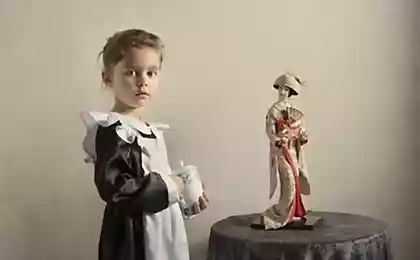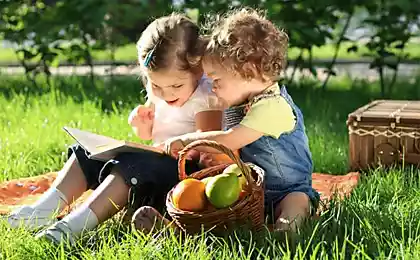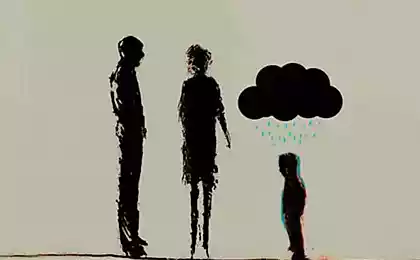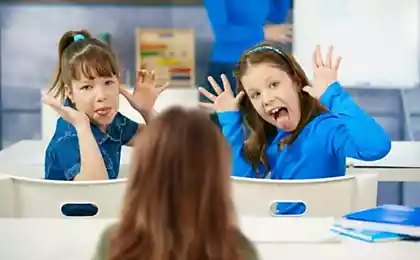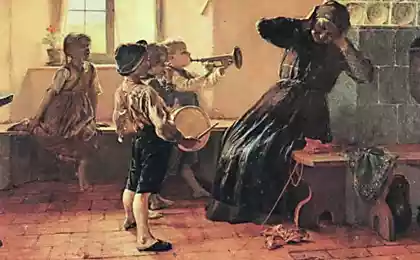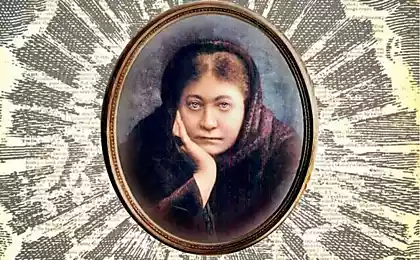722
Learn to read fun
What do you think, is himself a child just beginning to learn to read and write, why did he do it? For what a child might want to learn to read and write? Would you willingly to learn something, nobody knows why?
These are questions that we, adults, need to answer before you start teaching a child to read and write in Russian. Games with letters and words should be a firm part of your daily communication with your child as toothbrush and spoon.
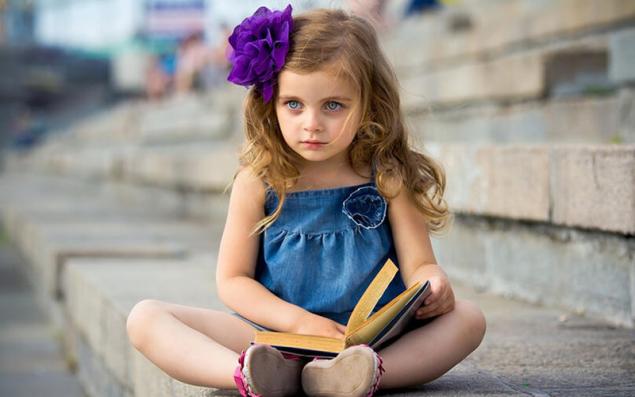
The easiest way to start is to sign the drawings of a child, to think together with him, little comments to pictures and crafts.
During the period of study reading and writing suggest you to create a situation in which a child needs to read and write: have the children write you notes when you go to the store and sign everything you can (e.g. where to sit for Breakfast etc.), Write and paint (children's drawing — is the background of writing) the most simple things to the child, letters to friends and family, weekend plans, etc.
In my classes we do not linger on the stage of the reading of syllables, learn 7-10 letters, begin to read words and small sentences. So we're 1 year (5 years) or 2 years (4 years), then the class ABC book by D. Elkonin and words to this primer, and gradually move to independent reading small texts (recommendations below).
At the beginning of learning to read children can read on their own only small in size and sufficiently clear in language and life material works. In this case the main power goes to overcoming technical difficulties, and not on the perception of the works. But at the same time performed by adults, children can perceive the complex and large volume of work. Therefore, in the classroom and at home must be reading and hearing.
For example, when the children can independently read the textbook S. I. Axelrod, "I'm learning to read! 40 exciting stories that will help your child learn to read", I was in class, and parents home reading aloud "dunno and his friends".
Reading-listening helps the development of the reader as a child, helping to bridge the gap between the level of the art of reading and the possibilities of perception of the child. At the end of each lesson I 10-15 minutes reading children's books aloud. It can be short stories, and great stories, which we read several months in the class.
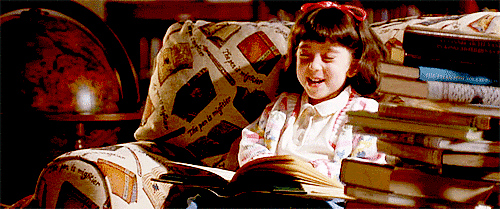
Anxiety and anger mothers ALWAYS take power from the baby!
Why sick kids: pediatric psychosomatics
Often parents complain that during the reading of-hearing child can't sit still, begins to spin, something to pull hands to ask questions. It is very annoying parents and good intentions end in tears baby. What should I do?
It's very simple! Give your child crayons or clay. Listening to my reading of the lesson children draw, paint a picture or work by the division. Drawing, children ask questions about unclear words or discuss the reading with me or among themselves.
The conversation that occurs when sharing read — only valuable result. These conversations become common reading experience, which spiritually unites. In these conversations will expand the active dictionary of the child, expanding the circle of the communication, developing thinking and speech.published
Author: Elena Takeda
Source: vk.com/readwithkid?w=wall-46053087_18655
These are questions that we, adults, need to answer before you start teaching a child to read and write in Russian. Games with letters and words should be a firm part of your daily communication with your child as toothbrush and spoon.

The easiest way to start is to sign the drawings of a child, to think together with him, little comments to pictures and crafts.
During the period of study reading and writing suggest you to create a situation in which a child needs to read and write: have the children write you notes when you go to the store and sign everything you can (e.g. where to sit for Breakfast etc.), Write and paint (children's drawing — is the background of writing) the most simple things to the child, letters to friends and family, weekend plans, etc.
In my classes we do not linger on the stage of the reading of syllables, learn 7-10 letters, begin to read words and small sentences. So we're 1 year (5 years) or 2 years (4 years), then the class ABC book by D. Elkonin and words to this primer, and gradually move to independent reading small texts (recommendations below).
At the beginning of learning to read children can read on their own only small in size and sufficiently clear in language and life material works. In this case the main power goes to overcoming technical difficulties, and not on the perception of the works. But at the same time performed by adults, children can perceive the complex and large volume of work. Therefore, in the classroom and at home must be reading and hearing.
For example, when the children can independently read the textbook S. I. Axelrod, "I'm learning to read! 40 exciting stories that will help your child learn to read", I was in class, and parents home reading aloud "dunno and his friends".
Reading-listening helps the development of the reader as a child, helping to bridge the gap between the level of the art of reading and the possibilities of perception of the child. At the end of each lesson I 10-15 minutes reading children's books aloud. It can be short stories, and great stories, which we read several months in the class.

Anxiety and anger mothers ALWAYS take power from the baby!
Why sick kids: pediatric psychosomatics
Often parents complain that during the reading of-hearing child can't sit still, begins to spin, something to pull hands to ask questions. It is very annoying parents and good intentions end in tears baby. What should I do?
It's very simple! Give your child crayons or clay. Listening to my reading of the lesson children draw, paint a picture or work by the division. Drawing, children ask questions about unclear words or discuss the reading with me or among themselves.
The conversation that occurs when sharing read — only valuable result. These conversations become common reading experience, which spiritually unites. In these conversations will expand the active dictionary of the child, expanding the circle of the communication, developing thinking and speech.published
Author: Elena Takeda
Source: vk.com/readwithkid?w=wall-46053087_18655
IBM and Stanford offered an inexpensive method of production of biodegradable plastic
100 brilliant films in cinema history according to those who shoot film





